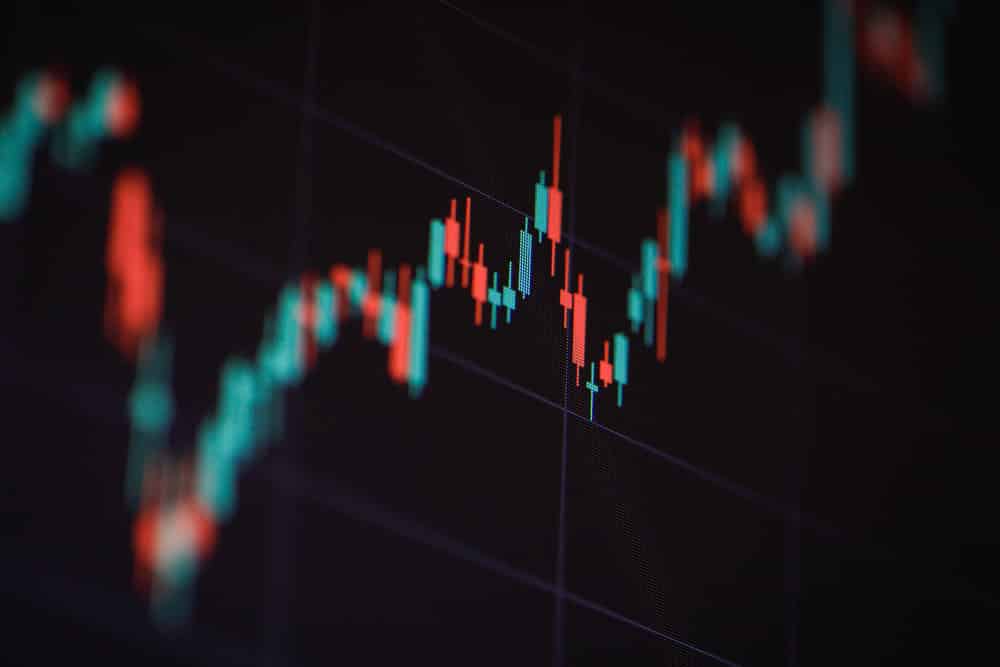The forex market is volatile and unpredictable, while traders the world over strive to take advantage of it for profit. The key to profiting from is predicting price moves before they happen and basically “betting” on your predictions. To that end, several tools and instruments have been developed to aid in forecasting these moves. One such tool is the depth of market (DOM).
Defining the DOM
In forex, the depth of the market shows the total number of buy and sell orders at a particular price level of a currency pair. The more the buyers and sellers, the more liquidity there is at that price, and the deeper the market is said to be. However, since the forex market is decentralized, getting the actual data of all worldwide purchases and sales of a currency pair is practically impossible. Instead, most brokers will use data from their liquidity provider, or a pool of liquidity providers to give a measure of the market depth.
Traders use the DOM to determine the maximum order size that can be executed without moving the currency pair’s price. The deeper the market depth, the bigger the order that can be made at the same price level. However, if the market depth is low, large volume orders will move the pair’s price significantly.
How it works
The market depth shows how many buy and sell orders exist at a certain price, which speaks to the demand and supply of the pair, respectively. If there are more buyers than sellers, the demand outweighs the supply, and the most likely subsequent price action is a rally. Therefore, traders can look to enter long trades in such a situation. Conversely, if sell orders outnumber the purchases, that can be taken as a sign of increasing bearish momentum. Therefore, traders looking to enter trades at that price will favor short trades.
Large volume traders also use this metric to determine how big an order they can make without affecting a currency pair’s price. When the market depth is significant, these traders can easily take large positions without incurring significant slippage costs. However, when the DOM is low, they would have to split their larger orders into smaller pieces, which, more often than not, will be executed at different prices.
Relationship between volume, liquidity, volatility, and DOM
We have established that the market depth measures the number of buyers and sellers at a particular price point. When the market depth is high, both buyers and sellers are in great abundance, and order matching is easily and quickly achieved. This means that the pair enjoys high liquidity at such a price point.
The deeper the market is, the larger an order that can be made without causing a fluctuation in prices. This means that the market can accommodate large volumes at that price point. However, this assumes that buyers and sellers are equally matched. When there is an imbalance between these participants, the market will move in favor of the majority. If sellers outnumber buyers, the pair will plummet. If buyers outnumber sellers, the pair rallies. This introduces volatility in the market.
Applications of market depth
The data provided by market depth serves to help forex traders predict the most likely direction of price movement. Scalpers and other short-term traders can use this metric to identify key levels where there is an imbalance of pending orders. If the buy orders outweigh sell orders, they can go long on the pair and wait to profit from the rally. When pending sell orders outweigh buy orders, they can short the pair at that level.
Finally, traders can use DOM to quickly monitor market activity before price fluctuates and a trading opportunity is timed out.
Factors affecting market depth
1. Tick size
Tick size refers to the minimum amount of price movement a currency pair can undergo. When the tick size is small, it makes no sense for traders to make pending orders, as others can get their orders executed before them at market price, with no significant difference in price. However, if the tick size is large enough, traders will be incentivized to make pending orders, which contributes to the market depth.
2. Margin requirements
Margin refers to the portion of your account equity that your broker sets aside as collateral when opening a position so as to ensure you can cover its cost if you take a loss. When margin requirements are high, it discourages large volume traders as they’d need much more capital to open their positions. Therefore, the margin requirement tends to have an inverse correlation with the market depth.
3. Transparency
Due to the decentralized nature of the FX market, it is not possible to obtain all the trade information on a particular currency pair. This lack of transparency can influence the final market depth score.
4. Price movement restrictions
Sometimes, exchanges or even governments limit the amount by which a currency pair can move. When the range of movement is reduced, it increases the market depth.
In a nutshell
Market depth acts as a measure of liquidity, and can thus help inform traders when to execute their trades. An imbalance of the DOM can help inform the expected direction of price action, which can help traders plan and execute their strategies better. For long-term traders, this metric helps them time their trades so as to avoid requotes and slippage costs.
